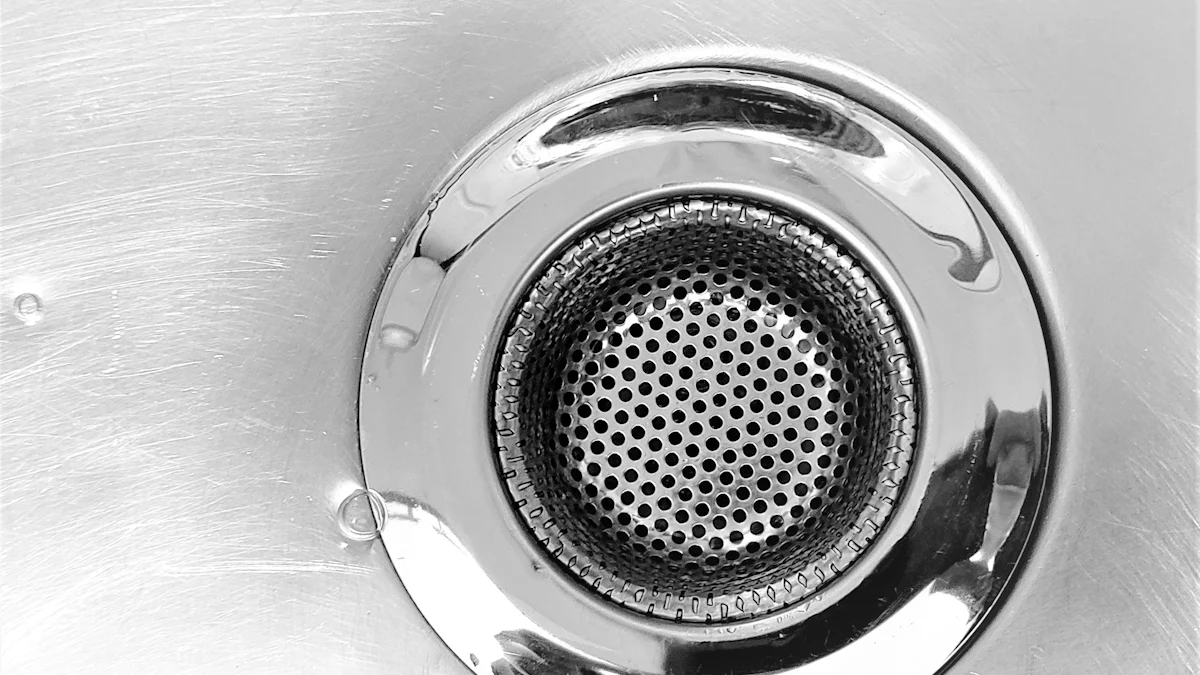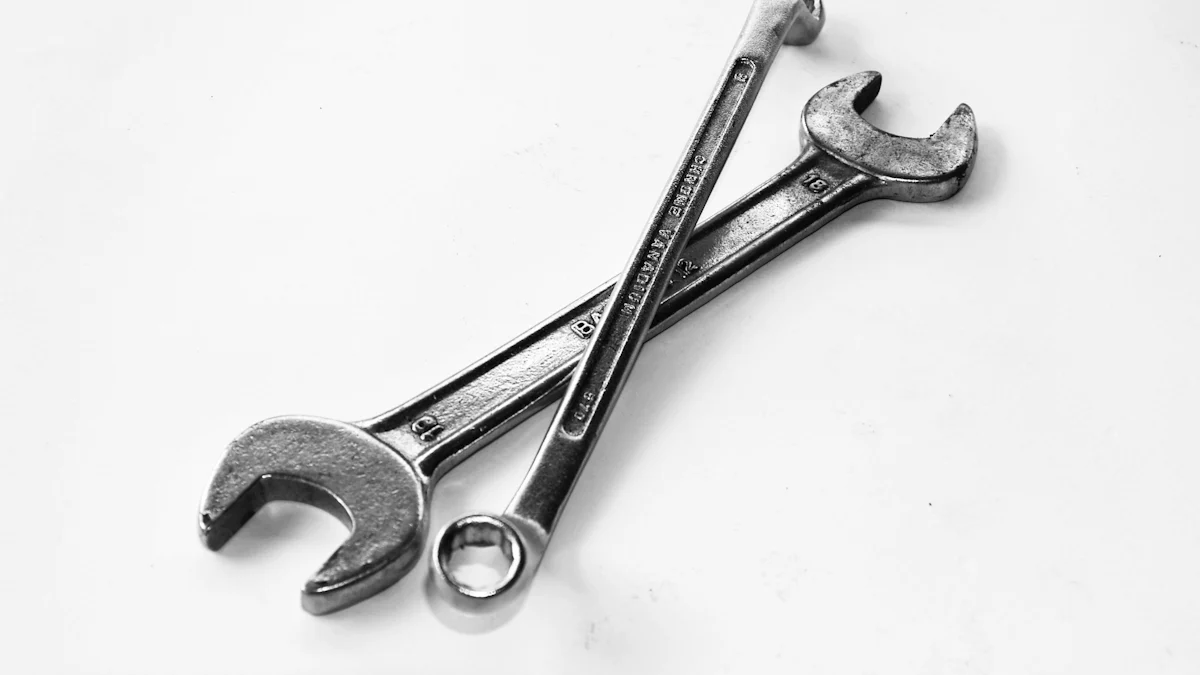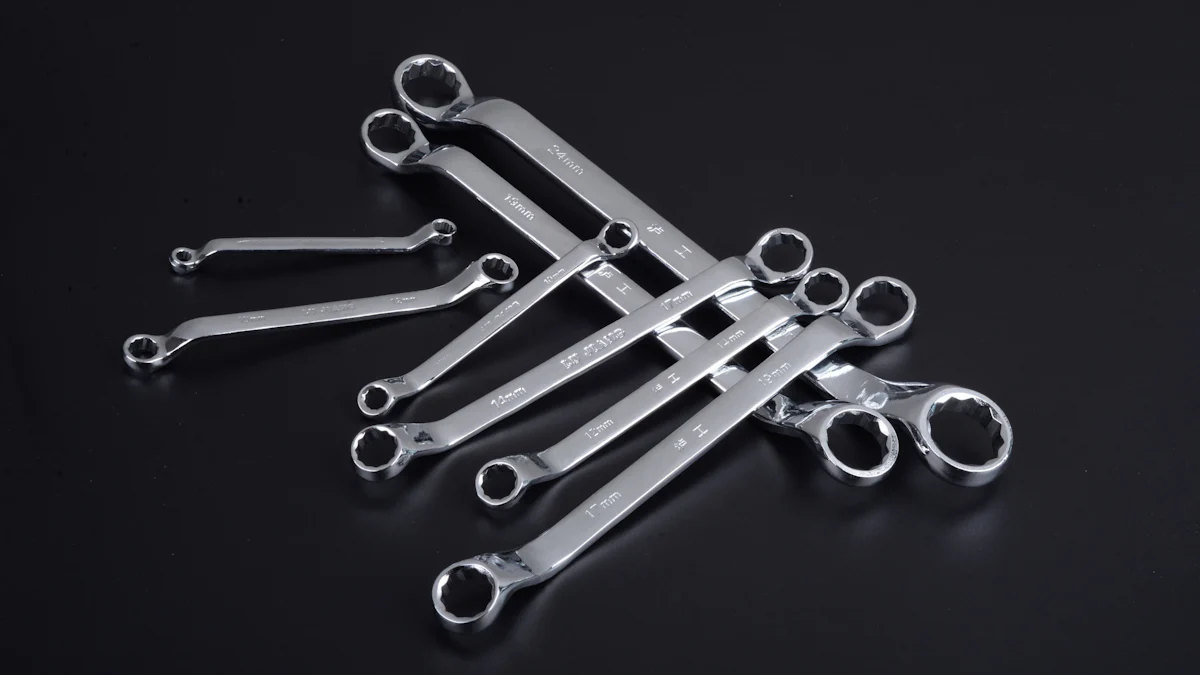
A drain wrench serves as an essential tool in plumbing tasks. Using the right tool ensures efficiency and prevents damage. The drain wrench helps tighten or loosen strainer drains in sinks and stand-up shower drains. This specialized tool makes plumbing tasks easier and more effective.
Understanding the Drain Wrench
Definition and Purpose
What is a drain wrench?
A drain wrench is a specialized plumbing tool designed to tighten or loosen drain fittings. The tool features a unique shape that fits into the drain basket, allowing for easy manipulation. Plumbers and DIY enthusiasts often use this tool for various plumbing tasks.
Common uses in plumbing
Plumbers use a drain wrench to remove or install sink drains and shower drains. The tool helps in tasks like replacing old drain baskets or fixing leaks. A drain wrench ensures a secure fit, preventing water damage and leaks.
Comparison with Other Tools
Differences between a drain wrench and a pipe wrench
A drain wrench differs from a pipe wrench in design and function. A pipe wrench grips round objects like pipes, while a drain wrench fits into the slots of a drain basket. The drain wrench’s unique shape makes it ideal for specific plumbing tasks.
When to use a drain wrench over other tools
Use a drain wrench when working with drain baskets and strainers. A pipe wrench or pliers may not fit properly and could damage the drain. For tasks involving pipes, choose a pipe wrench instead. Always select the right tool for the job to ensure efficiency and prevent damage.
Parts of a Drain Wrench

Detailed Description of Parts
Handle
The handle of a drain wrench provides the leverage needed to turn the tool. A cushioned grip on some models, like the Superior Tool’s® Plumber’s Pal™ Professional Drain Wrench, allows for comfortable use in tight spaces. Handles come in various lengths to suit different tasks. A longer handle offers more torque, while a shorter handle fits into confined areas.
Jaws
The jaws of a drain wrench grip the drain fitting securely. Some wrenches feature a double-head design, such as the JU-Drain Wrench. The larger end works for kitchen sink baskets and flush valves. The smaller end fits bathtub drains and bar strainers. This versatility meets most daily plumbing needs. The jaws must fit snugly to prevent slipping and ensure effective operation.
Adjustment Mechanism
The adjustment mechanism allows for precise fitting on different drain sizes. Fixed jaw wrenches have a set size, while adjustable jaw wrenches can adapt to various fittings. The HAUTMEC Drain Remover Wrench features an adjustable mechanism that fits multiple drain types. Adjusting the jaws ensures a secure grip, reducing the risk of damaging the drain.
Types of Drain Wrenches
Fixed Jaw Drain Wrench
A fixed jaw drain wrench has a non-adjustable jaw size. This type suits specific drain sizes and offers a stable grip. The simplicity of a fixed jaw wrench makes it easy to use. However, it may not fit all drain types, limiting its versatility.
Adjustable Jaw Drain Wrench
An adjustable jaw drain wrench can fit various drain sizes. The Superior Tool’s® Plumber’s Pal™ Professional Drain Wrench exemplifies this type with its unique slots and tabs. These features fit most locknuts on plastic and brass strainer drains. An adjustable wrench provides flexibility for different plumbing tasks, making it a valuable tool in your toolkit.
Step-by-Step Guide to Using a Drain Wrench

Preparation
Gathering necessary tools and materials
Gather all required tools before starting. You will need a drain wrench, a bucket, and a pair of gloves. A flashlight can help in dimly lit areas. Ensure that you have a new drain fitting if you plan to replace the old one.
Ensuring safety measures
Wear gloves to protect your hands. Use safety goggles to shield your eyes from debris. Keep a bucket nearby to catch any water that may spill. Make sure the work area is dry to prevent slipping.
Using the Drain Wrench
Positioning the wrench correctly
Insert the drain wrench into the drain basket. Ensure that the jaws fit snugly into the slots. Proper positioning prevents slipping and ensures effective operation.
Applying the right amount of force
Turn the handle counterclockwise to loosen the drain fitting. Apply steady pressure without forcing the tool. Excessive force can damage the drain or the wrench.
Removing the drain fitting
Continue turning the drain wrench until the drain fitting loosens. Lift the fitting out of the drain. Place the old fitting in a bucket to dispose of later.
Installing a new drain fitting
Position the new drain fitting in the drain opening. Use the drain wrench to tighten the fitting by turning the handle clockwise. Ensure a secure fit to prevent leaks. Check for any gaps around the fitting.
Tips for Effective Use
Best Practices
Choosing the right size wrench
Select a drain wrench that matches the size of the drain fitting. A properly sized wrench ensures a secure grip and prevents slipping. Measure the drain fitting before choosing a wrench. This step saves time and avoids frustration during the task.
Maintaining a firm grip
Hold the wrench firmly to prevent it from slipping. A firm grip allows for better control and reduces the risk of injury. Use both hands if necessary. Gloves can provide extra grip and protect your hands from sharp edges.
Common Mistakes to Avoid
Over-tightening the fitting
Avoid applying too much force when tightening the drain fitting. Over-tightening can damage the fitting and cause leaks. Turn the wrench until the fitting feels snug. Stop when you feel resistance. This method ensures a secure fit without causing damage.
Using the wrong type of wrench
Always use a drain wrench for drain fittings. Other tools like pliers or pipe wrenches may not fit properly. Using the wrong tool can damage the drain and make the task harder. Invest in a quality drain wrench for best results.
“I could not get this out without this tool. After inserting the tool in the drain, I put an old pipe wrench on it for leverage and it came loose easily. It is worth every penny!” – Customer on Amazon
“When I put the new drain in the new tub I didn’t want a repeat of that so I just broke down and bought this tool and it worked better than I ever expected and I regret not buying it sooner.” – Customer on Amazon
Maintenance and Care
Proper maintenance and care of your drain wrench ensure its longevity and efficiency. Follow these steps to keep your tool in top condition.
Cleaning the Drain Wrench
Removing debris and buildup
After each use, clean the drain wrench to remove any debris or buildup. Use a brush to scrub away dirt and grime. Rinse the tool with water and dry it thoroughly. This prevents rust and keeps the wrench functioning smoothly.
Lubricating moving parts
Lubricate the moving parts of the drain wrench regularly. Apply a few drops of oil to the adjustment mechanism and jaws. This reduces friction and ensures smooth operation. Wipe off any excess oil to avoid attracting dirt.
Storing the Drain Wrench
Proper storage techniques
Store the drain wrench in a dry, cool place. Hang the tool on a pegboard or store it in a toolbox. Avoid leaving the wrench in damp areas to prevent rust. Proper storage extends the life of the tool.
Preventing rust and corrosion
Prevent rust and corrosion by applying a light coat of oil to the drain wrench before storing it. Use a cloth to spread the oil evenly over the surface. This creates a protective barrier against moisture. Regular maintenance keeps the wrench in excellent condition for future use.
Using a drain wrench effectively ensures smooth plumbing tasks and prevents damage. Follow the guide to achieve the best results. Maintain the tool by cleaning it after each use and storing it in a dry place. Lubricate moving parts regularly to keep the wrench in top condition. Proper care extends the life of your drain wrench, making it a valuable addition to your toolkit.
See Also
Scooter Upgrades: High-Quality Parts for Optimal Performance
Winter Warmth: Cozy Guide to Fuzzy Towel Socks
Diving into Diverse Sock Options for Both Genders
